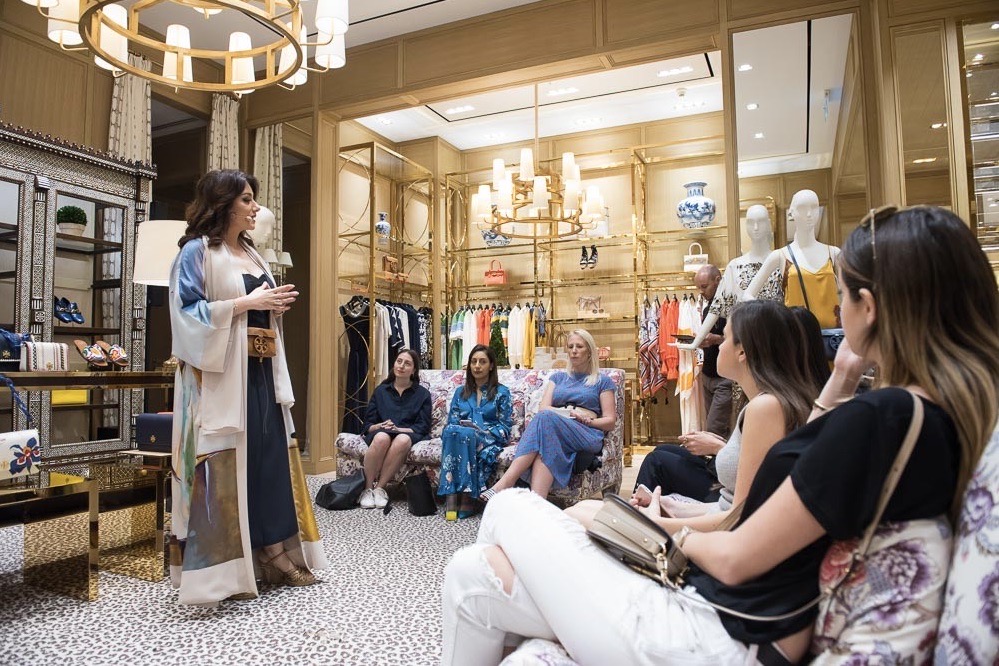
For any brand, colours and emotions, otherwise referred to as ‘colour psychology’, should be a primary focus of a digital marketing strategy. Colour forms part of your brand identity as it targets your customer’s subconscious needs and fosters brand loyalty. Implementing a thoughtful and data-driven approach to the use of colour in your marketing assets informs customers what you want them to feel about the brand and the brand’s personality. Using the correct colours in business also informs and suggests what emotions your audience will use to make their buying decisions.
Colour is an excellent revenue-driving tool that will target and maintain the interest of your desired audience. Marketing assets can refer to the ‘look and feel’ of your company website, adverts, email marketing and social media. Carefully selecting colour, hue and tone for your marketing assets will be a strong advantage to converting more sales. Keep reading to find out how colour drives sales by correctly addressing your desired audience.
What is Colour Psychology?
Colour psychology is the study of how colours influence consumer behaviour. The use of certain colours (and even tones of colours) have been found to evoke specific emotions in people. This in turn prompts buying behaviour based on these emotions and desires. Using colour strategically is a subtle yet highly effective way to position your brand optimally towards the correct audience. The use of colour in advertising may vary depending on personal preferences and culture. Using colour can access the subconscious level and general connotations that people may have about a product.
How brands strategically use colour
In a world where consumer attention spans are ever-decreasing, brands need to deliver their credibility visually in as little time as possible.
Marketers must consider colour and its relationship with consumer behaviour when:
- Creating marketing assets.
- Building a new business.
- Rebranding an existing business to portray fresh messaging.
Our relationship with colour is based on personal experience, culture and generalised connotations. Marketing companies cater to these emotions by hiring colour consultants or choosing colours that influence and deliver a “colour conversation”.
Portraying the personality of your brand
Top brands like Coca-Cola, Twitter, and Amazon select colours that portray the brand’s personality for people to relate to. How do you want your customers to feel? What does your brand stand for and what does it promise the customer? Choose red if you want to portray your brand as bold, energetic, powerful, confident, and passionate. Blue represents peace, reliability, stability, trust and security (perfect for an online social commentary platform). The yellow arrow that extends from Amazon’s A-Z is purposefully chosen to evoke emotions of warmth, friendliness, optimism, etc. Amazon also refers to this as the “smile” that they put on all their customer’s faces.
The correct choice of colour has the ability to create urgency, inspire confidence, acquire loyalty, and develop curiosity. Carefully selecting a colour with intent allows you to convey your desired message quickly and effectively.
Why do customers choose certain products?
Consider a potential customer walking into your retail store. What will strike them enough to make a purchase? Is it the texture of the product, the scent of the store or the store music that prompts calm or energy? It turns out, it’s none of those things. According to a study, 93% of buyers focus on the visual appearance of the product, branding and store. Colours are often the sole reason a customer chooses your product over another. The same study found that customers make up their minds about people and products in the first 90 seconds of viewing.
Understanding Colour Appropriateness
Men and women may differ in their colour preferences in terms of bold versus softer colours. But another factor is that consumers also judge a product or company based on its ‘colour appropriateness’. Beyond personal colour preferences, a branded colour needs to be appropriate in relation to the product it is selling. Part of your strategy is tapping into the buyer’s subconscious level. You should always select a colour that familiarises the buyer with the product or service quickly.
Chat with leading colour consultant, Fatima Al Shirawi today
If you are thinking of rebranding your existing brand or would like to know more about the services we offer at The Gracious F today, book your free strategy call today. Fatima Al Shirawi, founder of The Gracious F, empowers people and organisations to reach their goals through the power of colour. She also hosts corporate events and workshops to support teams in their strategic plans.



